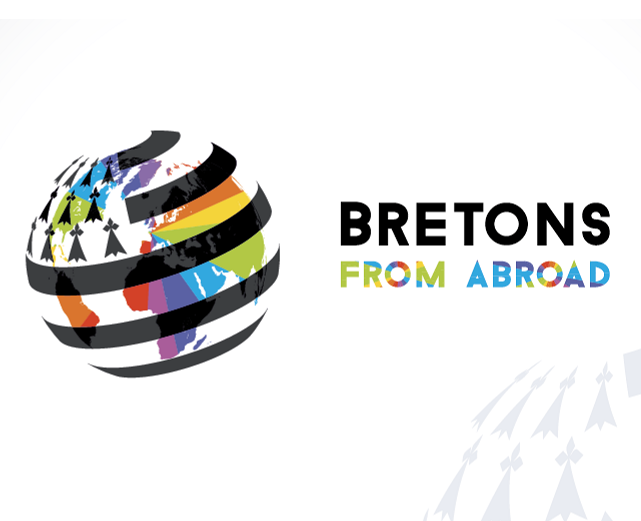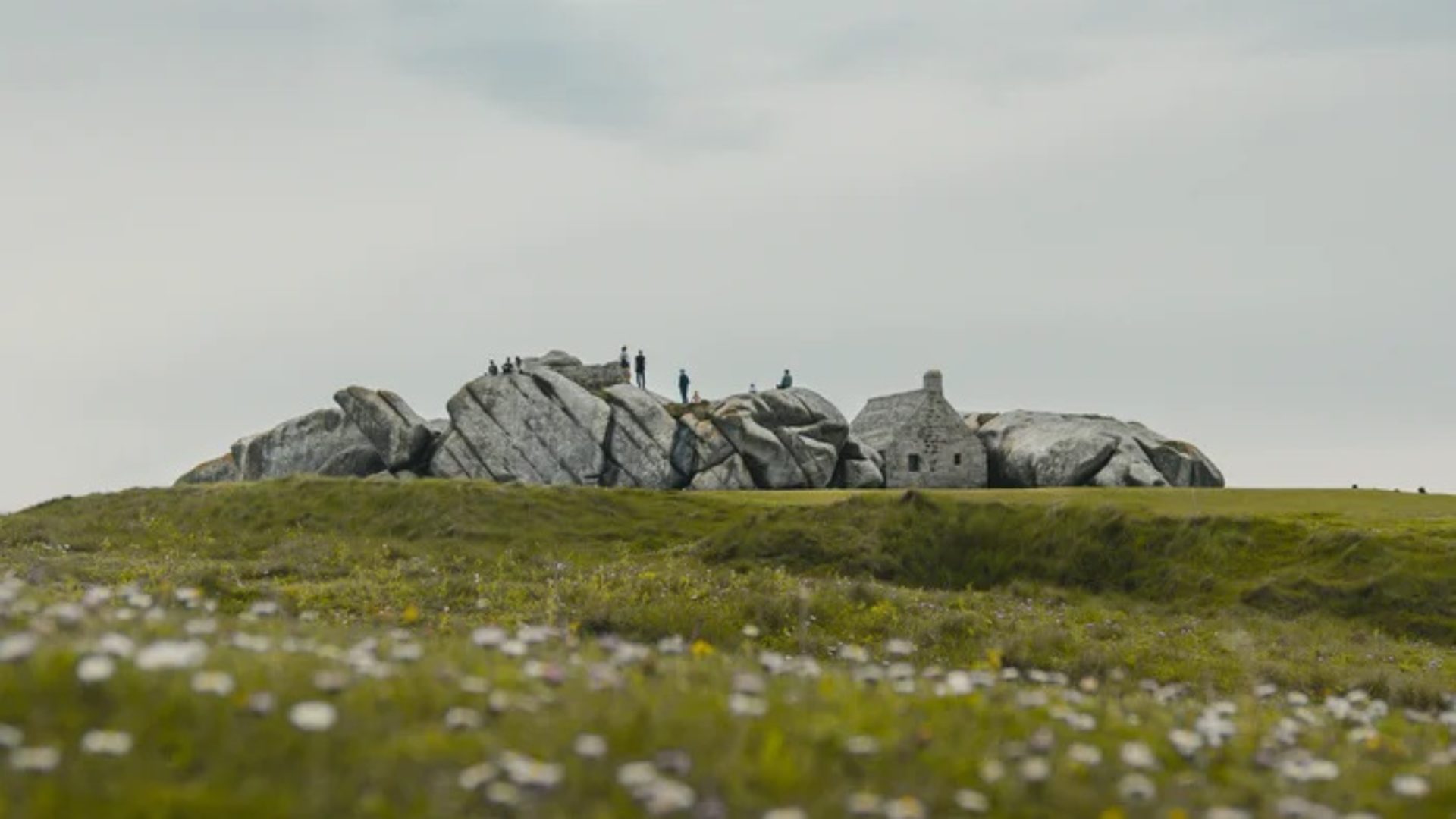History
Early Neanderthals were already present in Brittany 465,000 years ago (at Menez Dregan, one of the oldest human settlements in Europe), where one of the oldest hearths has been found.

Homo Sapiens followed, agriculture developed around 5,000 BC and populations started erecting huge stones that still stand in extraordinary alignments or megalithic complexes, 2 millennia before the first Egyptian pyramids. This culture then spread by the sea over Europe and beyond, and left remarkable sites such as Carnac or the Barnenez cairn.
Several Celtic tribes were present in Brittany when the Roman took control in 51 BC, some of them giving their names to places, like the Namnetes to Nantes, the Redones to Rennes and the Veneti to Vannes (the Veneti were also present in Italy, where they founded Venice).
The population remained Celtic, with Britons coming from South Britain (Devon and Cornwall) eventually giving its name to the region.
Brittany remained a sovereign territory for about 7 centuries, first as a kingdom then a Duchy. Brittany and France (or what was to become France) kept a tumultuous relationship (with notable episodes during the viking attacks or the 100-year war with England) until they eventually united in 1532 after queen Ann of Brittany married the king of France. This is arguably why the region kept its distinctive identity, being governed as a separate country under the same crown (pretty much like Scotland in the United Kingdom).

During the last centuries of the French monarchy, Brittany’s maritime power expanded, for instance with its corsairs (privateers) and also shamefully with the Atlantic slave trade. After the French revolution, the Duchy was abolished and the region was split in 5 départements (districts).
Breton, the common language in the population (except in the east, where it was Gallo), started to decline in the 19th century, and completely lost it influence after the second world war, when the inter-generational transmission suddenly drops. The French national policy accelerated the trend, first during the introduction of the national education system in 1882, and after the first world war (when some French generals realized that Breton troops needed Breton officers because soldiers didn’t understand French).
Brittany was split between 2 regions in 1956, with 4 départements in the administrative region of Brittany, and one in the Pays-de-Loire region.
It has been part of the European Union since its inception (with the ECSC) in 1952.

